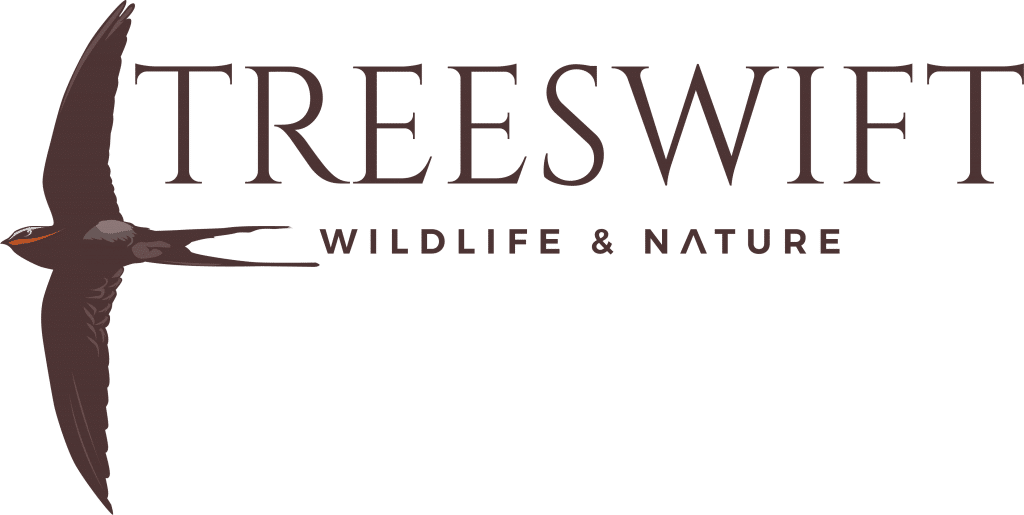Treeswift Wildlife: Good morning Harry! It’s a pleasure to have you as one of our first interviewees for Treeswift Wildlife & Nature! Thank you so much for taking time out of your rather ‘big’ schedule! To begin, can you tell us a little bit about yourself and how you first got into birding?
Harry Boorman: Hi and thanks for reaching out. I’ve been birding since the age of 5, this is when I first got the bug anyway. One day back in the UK, my uncle took me to work to see a Common Kingfisher and it changed my life forever. My mum then bought me a book where you got certain points for spotting and identifying birds. It was like 5 points for a House Sparrow or 50 points for a European Nightjar and I loved it. Once you got 1,000 points you could send away for a badge. During my childhood I never managed to get the badge but after finding the book years later I counted up my tally and I had nearly 2,000 points. Unfortunately, the prize had expired so I never actually got my badge in the end. Damn it!
Treeswift Wildlife: What kind of birder or wildlife watcher would you best identify yourself as? Are you a birder, a twitcher, a local birder, a world birder? Do you also ‘watch’ other things? Mammals, butterflies, collect shells, or anything like that?
Harry Boorman: I’m all of the above really. I’ve been lucky enough to travel to 5 continents and have a global list of 2,130 something birds now. But I love birdwatching in New Zealand. While it doesn’t have the numbers of species that South America or Africa has to offer, it’s still totally unique and brings you to some stunning places and shows you some really rare birds. Some of which there are less than a few hundred left in the world. It’s epic in my opinion and just one bird in New Zealand is often worth 100 birds to me. But obviously I am bias. I don’t tend to follow much wildlife other than birds. Mammals are cool but it’s listing birds that gets me most excited, whether it be day lists, region lists or year lists.
Treeswift Wildlife: Is birding (or birds) part of your profession?
Harry Boorman: Not at all. It’s 100% a passion and a hobby, although I have done some guiding in the past. I do market research as a job, which I enjoy and pays the bills that fund the birding. Birding is a passion/obsession though and I think I prefer it that way. I think if it was restricted in anyway by being part of a full-time job, I wouldn’t have the freedom to bird as I like and when I like.
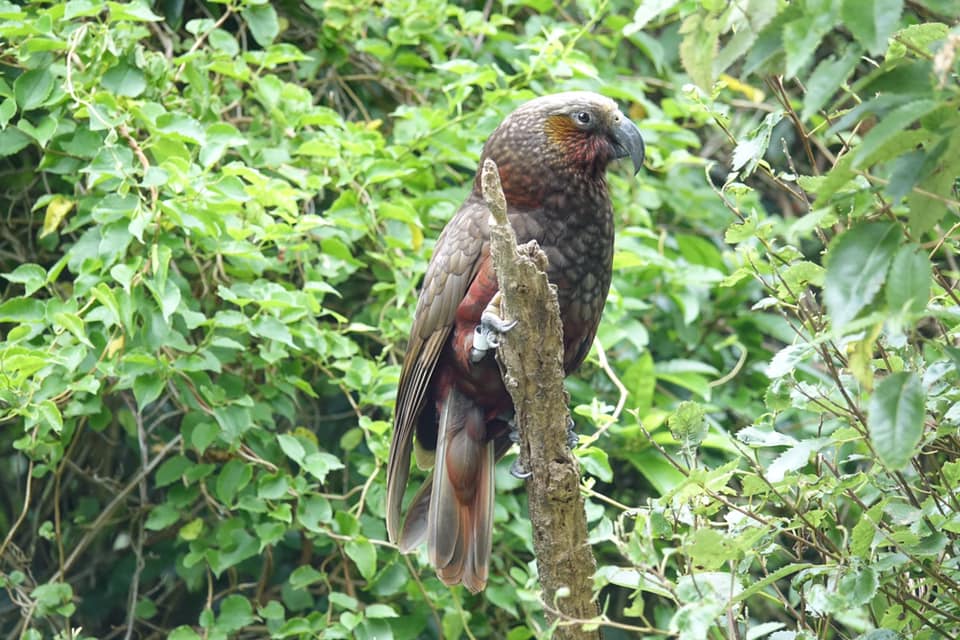
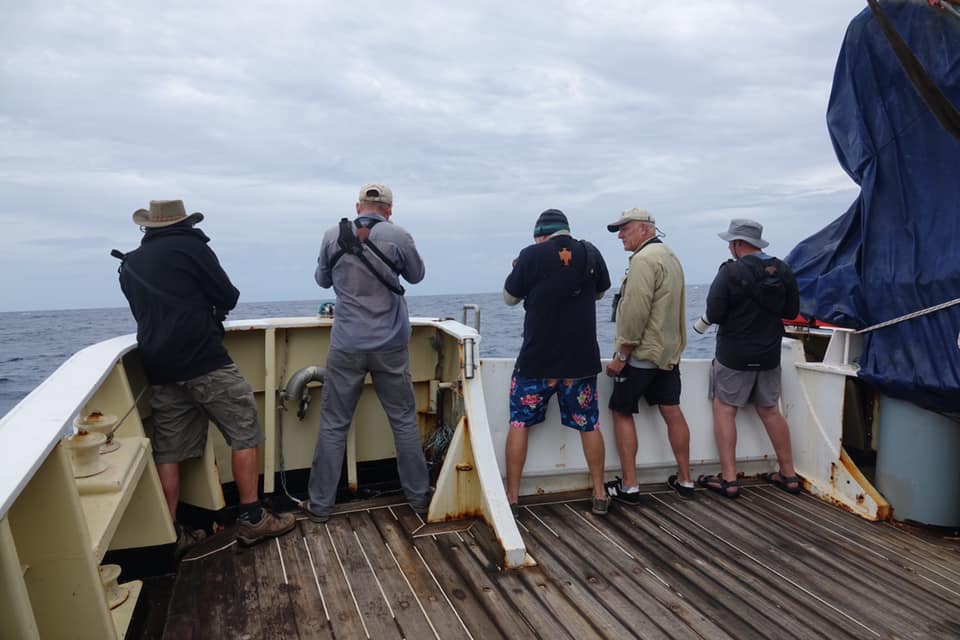
Treeswift Wildlife: Can you tell us about some of your global birding highlights?
Harry Boorman: I have had so many. In Kenya I went on a birding tour with a guy called Steve Bird. Yes, his name is just a coincidence. In 2 weeks, we managed to see over 500 species. I was about 18 at the time with a life list of only about 350 birds so it was incredible. I also tried to bird across South America without guides too and learned so much. It was great to try and identify birds by myself and just walking up the road in Rio and seeing hundreds of birds next to the hotel was unforgettable. Toucans, parrots and so many colourful little tanagers.
I’ve also been to places like the Galápagos Islands and the Falkland Islands and seen some incredible things. On the Falklands for example, we were on one island with a population of 8 people. But as you stepped outside there were penguins and albatross everywhere. It was just me and my uncle (the one who took me to see the kingfisher). The moment was ours and we had all these terrific birds to ourselves. Totally incredible! I will never forget watching a King Penguin come out from the ocean and walk over to its group as the sun set. Back then I didn’t have much of a camera but I still have a vivid mental picture that I will never forget.
Treeswift Wildlife: So, let’s get into it! You’re doing a New Zealand Big Year! Congratulations – that’s so incredibly exciting! For some of our readers who may be unfamiliar with the concept of ‘A Big Year’, can you lay down the typical rules and protocol?
Harry Boorman: Different countries have slightly different rules but in New Zealand the aim is to SEE and many species within New Zealand as you can in one calendar year. In other countries, you can count a bird by hearing its call alone, but this is not accepted in New Zealand. All birds must be wild. They can be introduced species (of which New Zealand has many) but they must be considered self-sustaining birds for them to count. No visiting and ticking off birds in the zoo or anything like that.
An important part of my Big Year is to record the numbers and locations of all the birds I see, as much as possible on eBird, helping to feed into the global statistics on bird population sizes. This includes reporting common species, as much as all the rarities you find. For those unfamiliar with eBird, it’s a great tool where you can record sightings on your phone while you are out in the field. The app is free, so please help contribute!
Treeswift Wildlife: What inspired your interest in doing a Big Year in New Zealand?
Harry Boorman: I have read books like The Biggest Twitch (Alan Davies & Ruth Miller – 2010) and The Big Year (Mark Obmascik – 2003). This is probably the most famous book and was the inspiration for the 2011 David Frankel movie by the same name starring Owen Wilson, Jack Black, and Steve Martin. It’s a great light-hearted comedy and appears to have inspired thousands of people to get into birding and do big years since its release. From the moment I read the books and watched the film, it became my dream to do a Big Year, and I am so lucky to finally be doing one here in New Zealand.
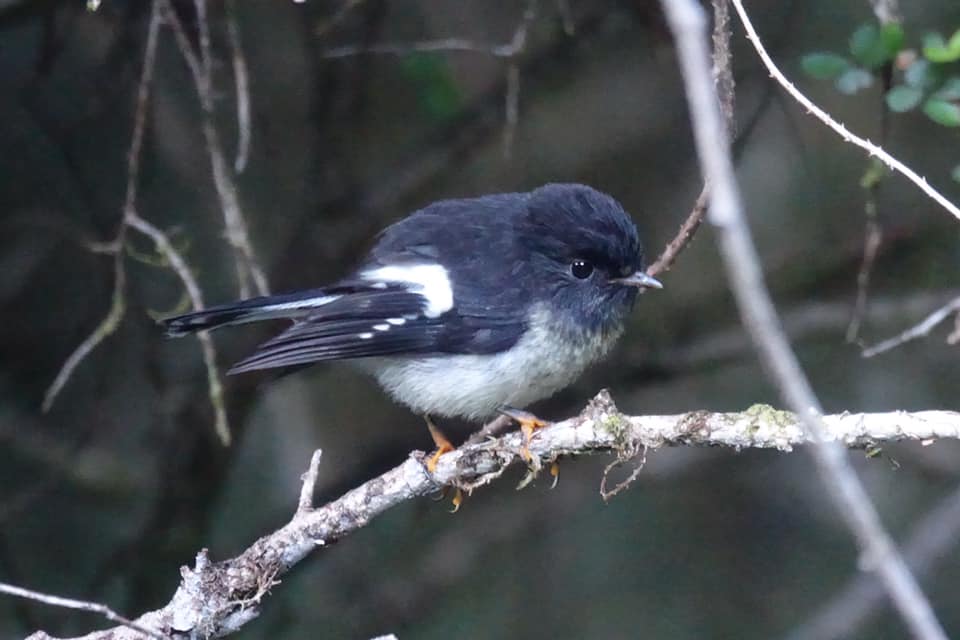
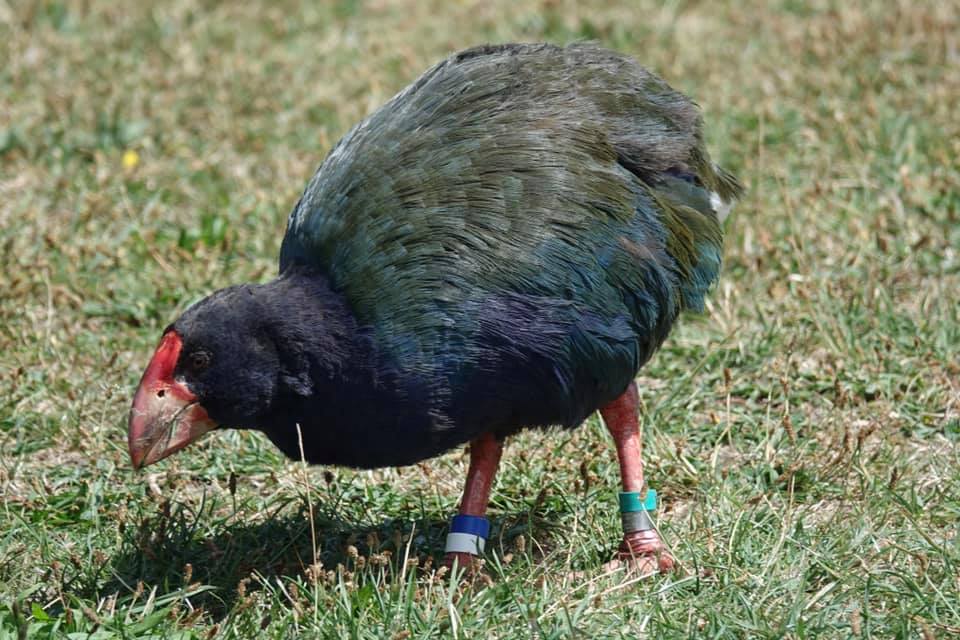
Treeswift Wildlife: What are the current ‘records’ and or histories surrounding Big Year’s in New Zealand?
Harry Boorman: As I said before, New Zealand does not have a huge diversity of birds but a Big Year in this country is still tricky, as there are lots of remote islands that are very hard to get to. My plan is to go everywhere and see everything I can. The record before this year was 220 but a friend of mine who is also doing a Big Year is currently on 230 (a new record!)! So far, he has been to more remote islands than me, but I still have many trips planned so I hope I can catch him. If all my trips go ahead then it will be close. But whatever happens, it’s definitely going to be the biggest year collectively that New Zealand has ever had and the number of species seen in New Zealand will be a record in itself. It’s just a pleasure to be a part of this.
Treeswift Wildlife: How’s your progress so far? Can you share some of your highlights?
Harry Boorman: Currently, I have seen 217 and it’s only August. I have many more trips planned to see more but things are getting tough. I have been lucky to see almost all the birds I have targeted so far. I did an 11 day boat trip to the Kermadec Islands which is halfway towards Tonga! I saw 11 lifers on this trip, almost all sea birds. It was incredible and very few people have ever been there. Three of the species we saw had only ever been sighted in New Zealand 3 times before! This is why I love birding in New Zealand.
I also drove 7 hours for a Pallid Cuckoo based on a photo. All I had was the photo and approximate location but hopped in my car and drove down to find it. I started knocking on doors to see if I could find a fence post that looked like one in the photo. New Zealand being such a small country with a low population, I struck lucky in actually knocking on the door of the person who took the photo on his property. He invited me in for some tea and biscuits and showed me where he had taken the photo. Minutes later we saw the bird! I was amazed at his generosity to help him, and he couldn’t believe that I had driven so far to see it as he was not a birder himself. He had only posted it the night before.
I also managed to find a White-throated Needletail after following a report of 5 birds, seen a few days prior. Many birders had looked all over for them without luck and I spent the whole weekend looking for it, staring up into the sky waiting. It was about 12 hours in total on a hot summer’s day. Just as I was about to leave, I saw them. I literally couldn’t believe it. Persistence pays off.
I have had so many trips like that this year. I seem to have a habit at always finding the bird I target at the very last minute. Birding is never easy, but persistence always pays off, particularly when doing a Big Year. These moments are always much more special. The thrill of finding a bird you have worked so hard to find is incredible. It’s these kind of moments that make all the hard work and effort worthwhile. They moments that I will remember for the rest of my life.
Treeswift Wildlife: And what about challenges? Can you share some of your challenges so far?
Harry Boorman: My biggest challenge is weather. I need boats to help get into pelagic waters way out at sea and to remote islands, but if the weather is bad these trips get cancelled often. I also work full time too although luckily I do have some flexibility to leave early on Fridays if it doesn’t impact my work and work evenings to make up for it but if a bird turns up on a Wednesday then I often have to wait till the weekend before I can search for it and this is a risk that the bird may have disappeared by the time I get there.
Covid is another problem too with threats of lockdowns. Luckily in New Zealand we have only had 1 week of a lockdown so far this year but it was on a week where I was due to be on a boat and thus missed the birds I could have seen had it gone ahead.
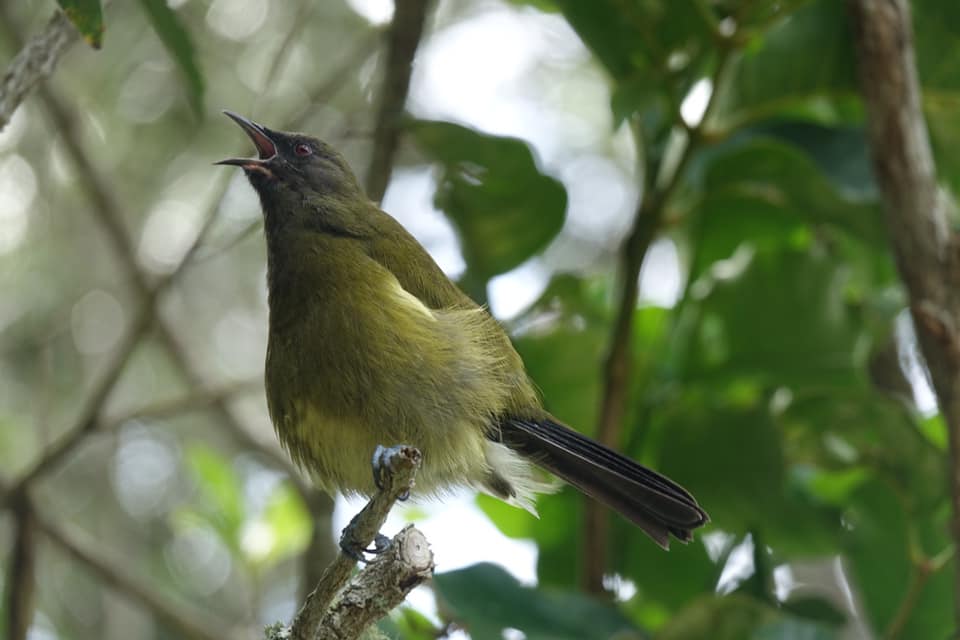
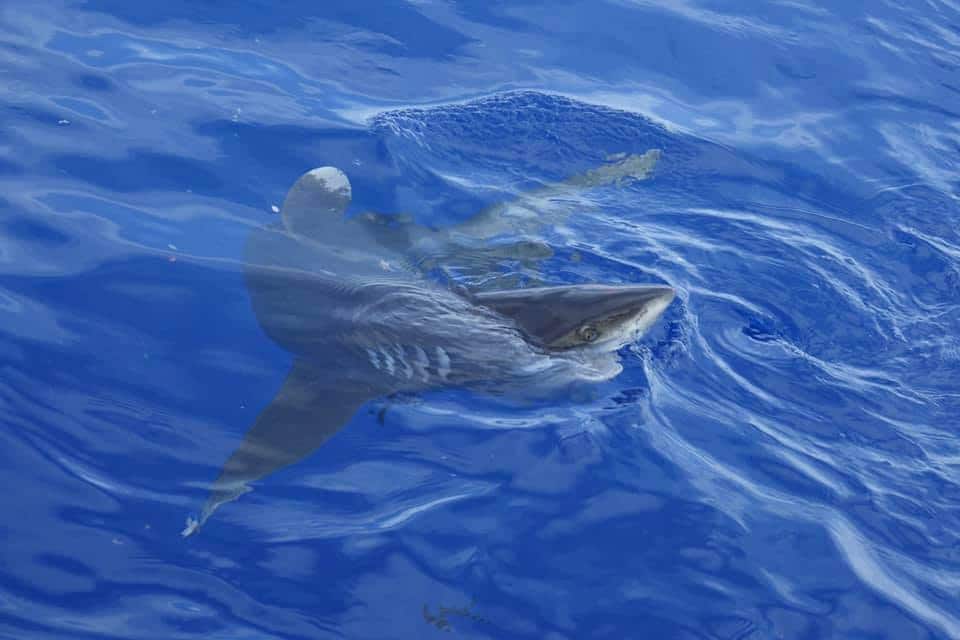
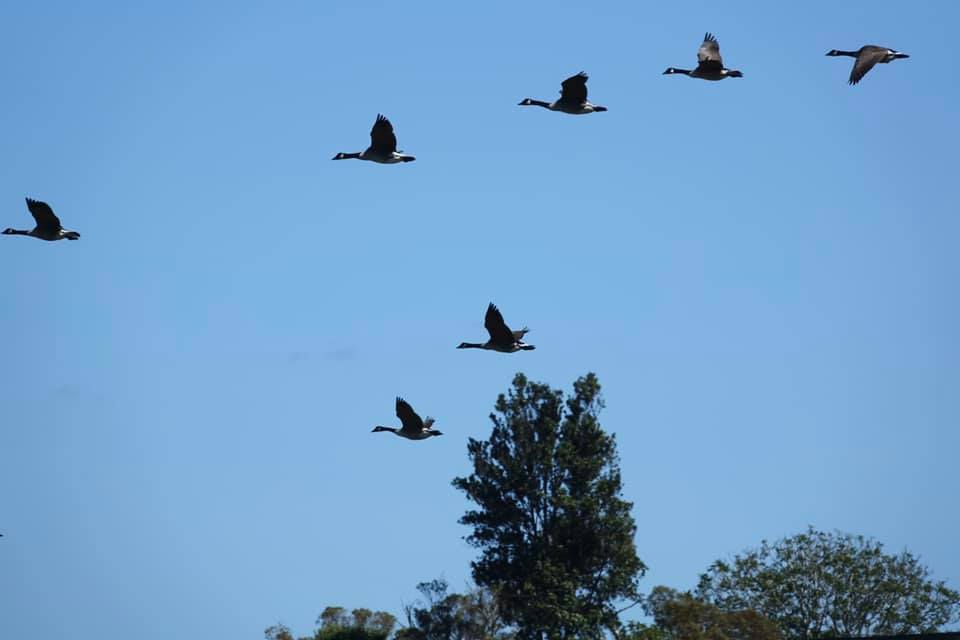
Treeswift Wildlife: What’s great about birding in New Zealand?
Harry Boorman: The best thing about birding is New Zealand is the potential to find birds that hardly anyone is lucky enough to see. The small population of birders makes this possible in that you can find birds yourself before anyone else does. So much of the country is under watched so every time you go to a new place you can discover something rare that may have been overlooked for months. It doesn’t happen often but when it does it’s a real highlight.
Plus, New Zealand is so beautiful. Even when you’re not seeing rare birds you are often surrounded by beautiful landscapes, mountains, storybook-like forests, stunning beaches both rugged and pristine, and the pelagic boat trips and seawatching is probably the best in the world!
Treeswift Wildlife: What does it mean to do a Big Year in New Zealand? For example do you need to take seasons and migration into account? Offshore islands or external territories?
Harry Boorman: Migration in New Zealand is limited outside of coastland and seabirds but anything can turn up. I need to go everywhere to pick up the local resident birds which is best in summer due to weather so this is when I focus on doing big trips like the sub-Antarctic Islands, the Chatham Islands and the Kermadec Islands. There are a handful of birds that only turn up in summer or winter but not to the extent of other countries. It just means I can work full time minus a bit of extended leave and also do a Big Year. I think most other countries you would need to be retired or not working and have tons of cash but in New Zealand it’s not quite as extreme. That being said, it’s still costing a small fortune but probably much better than it would be in other countries like the USA or Britain and at least I can still work to fund it all and make it happen.
Treeswift Wildlife: Any competition for the title? You mentioned another birder has also taken up the challenge? What’s that been like?
Harry Boorman: Yeah, a friend of mine is on 230 this year already and has broken the previous record of 220. It’s a friendly rivalry and we do let each other know when we find something good. But hopefully I can catch him as he has been to the Chatham Islands already and I am due to go in December. It’s incredible what he has achieved and of course I am jealous of his total, but I still have half a year or so to catch up. If everything goes to plan then it should be a pretty close finish. But the overall winner will be eBird’s bird atlas scheme, recording bird populations for tracking which outweighs any personal goals of mine or his.
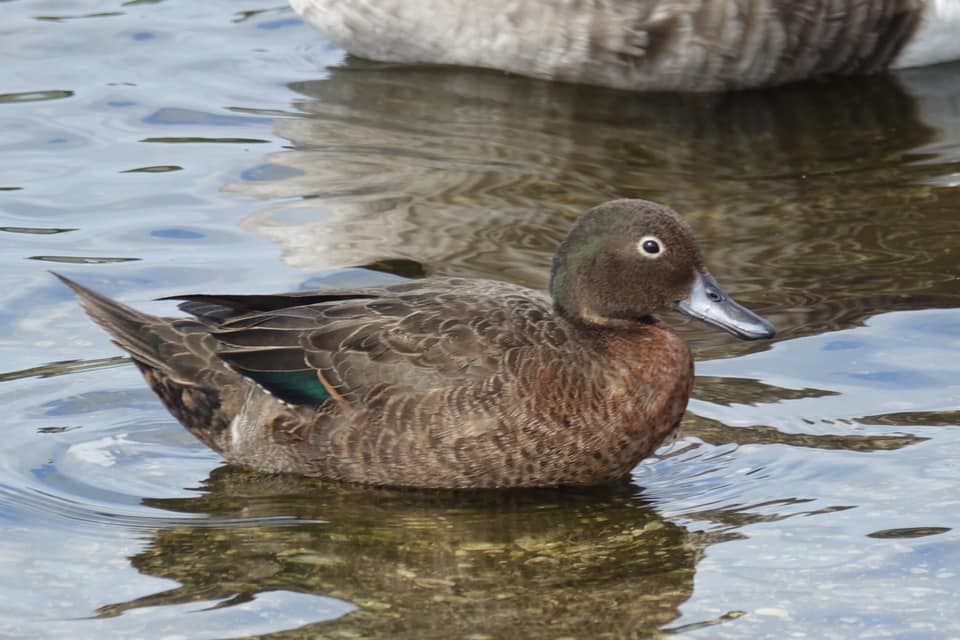
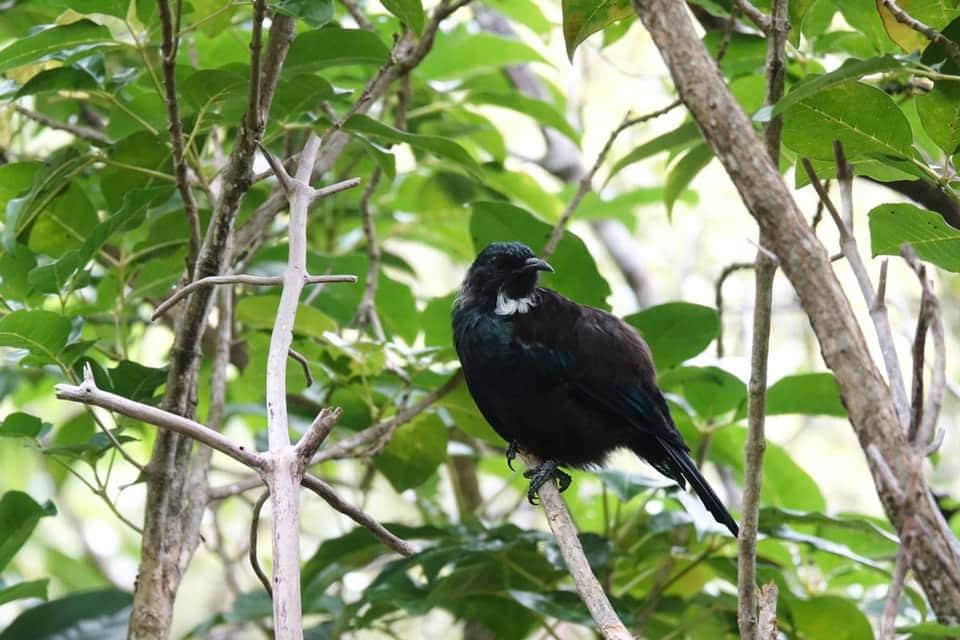
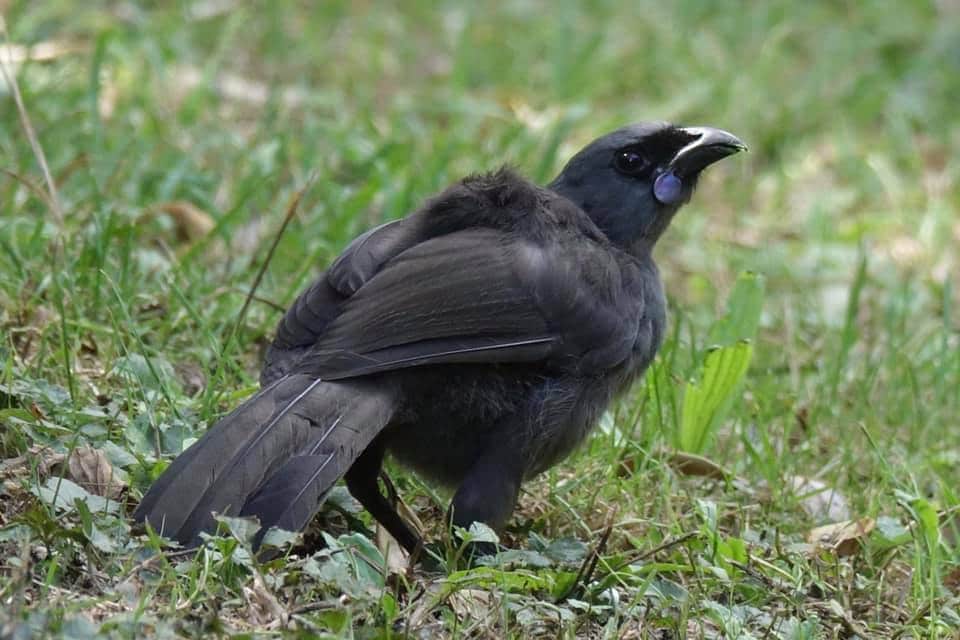
Treeswift Wildlife: And for all the gear nuts out there – what equipment are you using? Scope, binoculars, camera?
Harry Boorman: I just have a good pair of binoculars, a decent scope and an RX10 camera. I’m not big on bird photography, I’d rather spend time watching the birds personally and taking photos for the memories. I sometimes don’t even take my camera if I see others with bigger lenses than mine. My priority is to view the bird, not photograph it. Birding is based on a good honesty system. That being said if a bird is hard to identify I do like to get a photo so it can be verified by others.
Treeswift Wildlife: Where can people follow your progress? Do you have a blog, Instagram, Facebook page, etc?
Harry Boorman: Yep, it’s at BoormansBigYearNZ2021. Please follow me on either Instagram or Facebook. I have had some overwhelming responses to all my videos and think some people appear to be enjoying them as much as I enjoy making them!
Treeswift Wildlife: What are your top tips for someone doing a Big Year?
Harry Boorman: Persistence pays dividends! You must be relentless in going out every week. If it’s raining or windy that’s an opportunity to see birds and look at the wind direction and try and predict where birds will be coming from. If nothing looks great, go out anyway even if it’s just your local patch. I did this a few weeks ago and found a Hudsonian Godwit on my local patch. I was the first person to find this bird in the country this year and it’s only 20 minutes drive from home. You need to be out as much as you can. You just never know what you’re going to see.
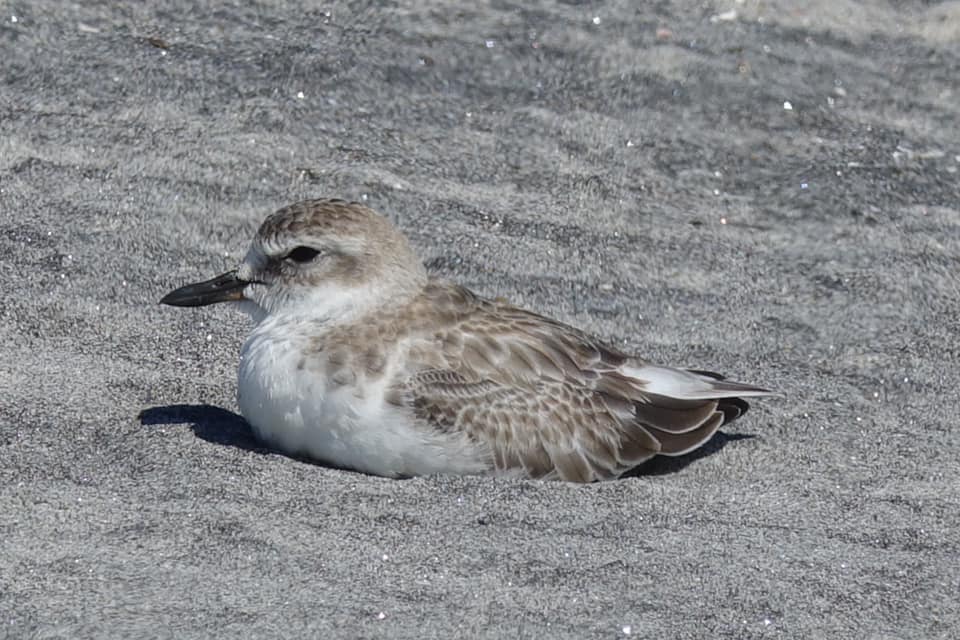
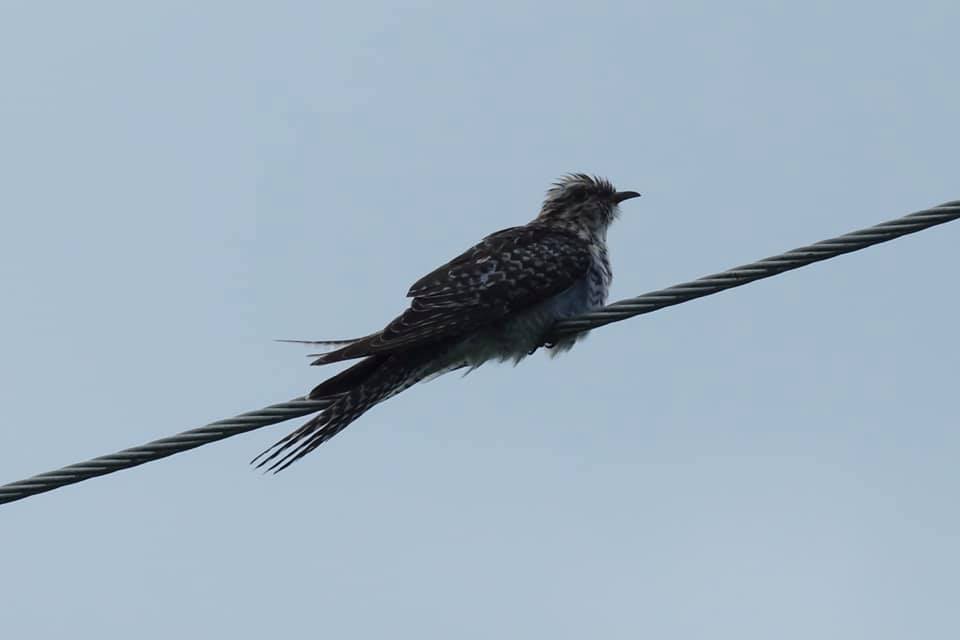
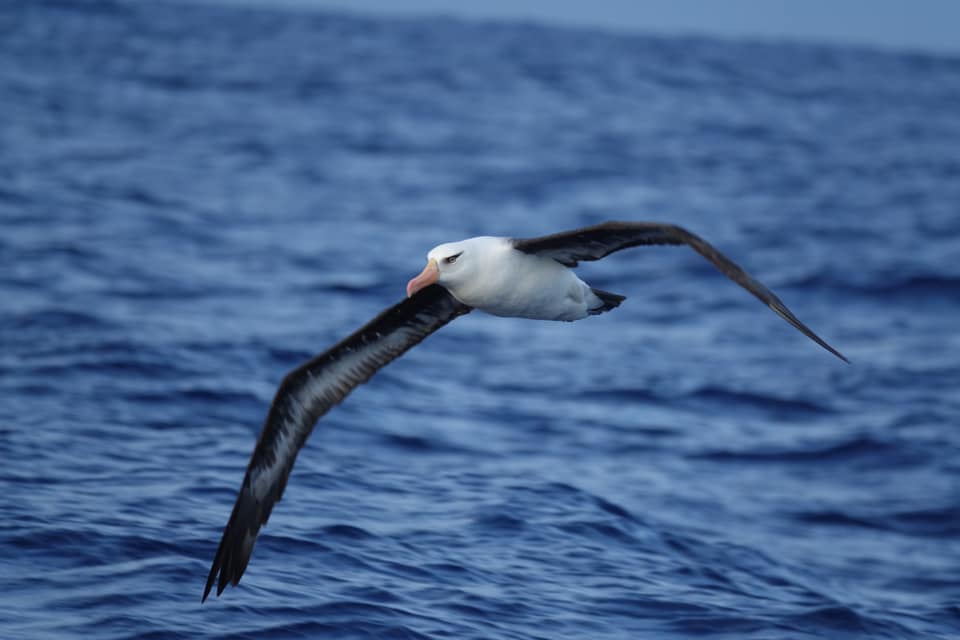
Treeswift Wildlife: It’s been absolutely fantastic to have you on for a chat today Harry and we wish you all the very best for the remainder of your Big Year. So then, come January 2022, what’s next for Harry Boorman?
Harry Boorman: I’ll probably be working on my Life List and spending a bit of time with my girlfriend next year. To be honest, I haven’t thought too far ahead. I’m just focussed on my Big Year.
Follow @BoormansBigYearNZ2021 on Facebook!
All images provided by Harry Boorman

